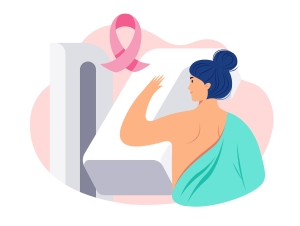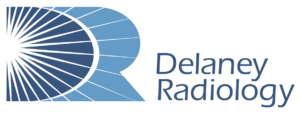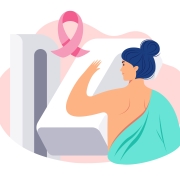Breast Cancer Detection: Early Detection Saves Lives!

It is recommended that women begin doing monthly self-breast checks at home starting at age 20. The American Cancer Society recommends starting annual mammogram screenings at age 40. In some instances, other imaging exams may be requested for many reasons. Some of these reasons include: incomplete information, something is found that needs further investigation, other image angles are needed to get a better view, etc. The list below are imaging exams used to diagnose breast cancer.
Mammogram
- Screening Mammogram: Screening mammograms take 2 or more images of each breast. These images can detect tumors and calcifications as early as 3 years before they can be felt.
- Diagnostic Mammogram: Diagnostic Mammograms are ordered for a variety of reasons and may assess one or both breasts. Some common reasons include: an abnormal or inconclusive screening mammogram, abnormal breast symptoms (lump, focused pain, bloody nipple discharge) and other unusual changes within the breast (size, shape). During a diagnostic mammogram, multiple x-rays are taken at different angles so that views of a specific area of interest can be further examined.
Ultrasound
Breast ultrasounds use sound waves to look inside your breasts. When changes in a lump occur or when spots that need further investigation occur after a mammogram, ultrasounds are used to more clearly investigate the area. Breast ultrasounds are especially great for women with dense breasts.
MRI
A breast MRI uses contrast to help create images that outline abnormalities more clearly. A breast MRI can also be used for women who have implants.
Doctors recommend certain imaging exams for specific reasons. In most cases, a combination of imaging exams are used to diagnose breast cancer or to rule out cancer if any abnormalities are found. Early detection is key and these tools may help to diagnose breast cancer in its early stages and help save lives.


